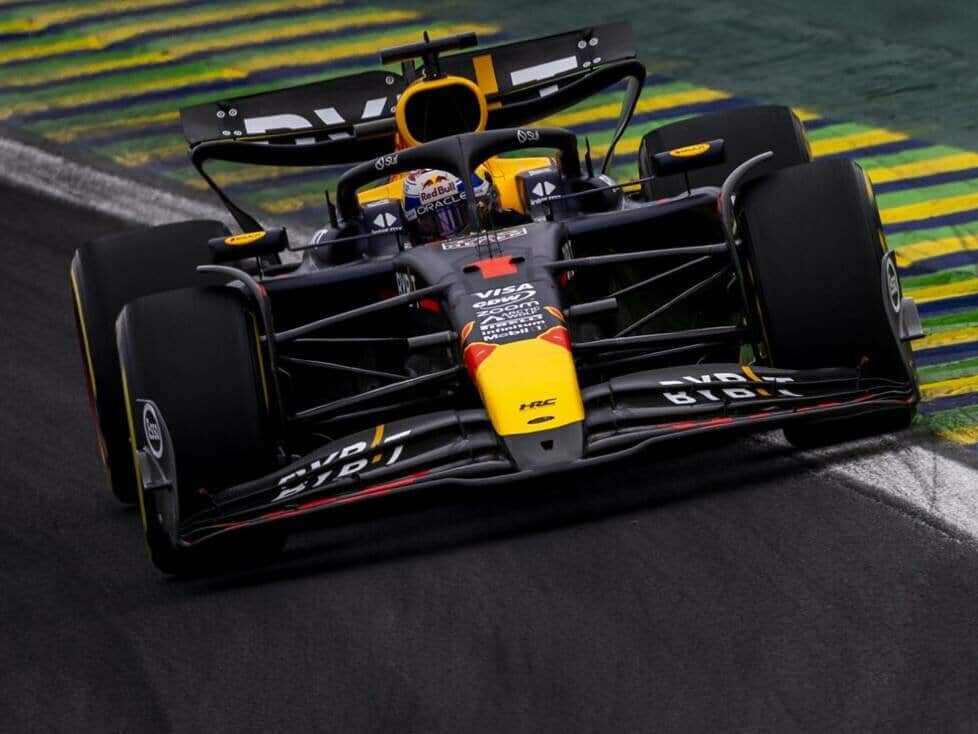The background to the car numbers of the drivers in the 2025 Formula One season and why only the world champion is entitled to the number 1
Every Formula 1 driver has a personal race number that stays with them throughout their entire Grand Prix career. Only the world champion has a choice: in the year after winning the title, they can either race with their original race number or use the number 1.
All other drivers have to stick with the starting number they once chose. This system has been in place in Formula 1 since the 2014 season. Before that, numbers were still issued based on the previous year’s results in the overall World Cup standings.
Under the new regulation, the starting numbers are based on individual preferences. In this article, we explain which ones these are for the Formula 1 drivers in the 2025 season. We also describe all the important requirements for choosing starting numbers in Formula 1.
And one more thing up front: because 2025 will see several Formula 1 debutants at the starting line, there will be some new car numbers in the field – and numbers that are celebrating a comeback.
Will Max Verstappen drive with starting number 1 in 2025?
Yes. As the defending champion, Max Verstappen exercises his right to compete with starting number 1 again in the 2025 season. He had already done so after his first world championship win in the 2021 season: Verstappen swapped his regular number 33 for the world champion’s number 1. After his second title win in 2022, he kept the number 1 for 2023, just as he did in 2024 after the third title win in 2023.
Why? Verstappen explains it like this: “How often do you get the chance in your Formula 1 career to drive the number 1? You never know.” And: “I can always switch back to 33 if I’m no longer world champion. But as long as I’m the world champion, I’ll use the number 1 every year.”
Before Verstappen, Sebastian Vettel had last used the starting number 1 in the 2014 season. After that, Lewis Hamilton secured a few titles, but always stayed with his number 44. Nico Rosberg, on the other hand, no longer competed in Formula 1 after his 2016 World Cup victory and therefore did not use the starting number 1 either.
Why did Max Verstappen take the number 33?
Before his world championship titles, Max Verstappen competed in Formula 1 with the starting number 33. The reason for this is quickly explained: when he was young, the number 3 was a lucky number for him. Verstappen therefore also wanted to take the number 3 in Formula 1, but this starting number was already given to Daniel Ricciardo. Verstappen therefore “doubled” his number.
“But I already drove around as a child with the 33,” explains Verstappen. “I thought it would be funny to compete with it in Formula 1.”
A 3 has been part of his motorsport career so far in most cases: In the Formula 3 European Championship, for example, Verstappen drove with the number 30 and on his first Formula 1 appearance for Toro Rosso, the number 38 was emblazoned on his car.
Why the drivers chose their numbers
Why does Lewis Hamilton race with the starting number 44? What is the background to Charles Leclerc’s number 16? And why did Fernando Alonso choose the starting number 14?
What’s more, our photo gallery also explains which numbers some drivers actually wanted but didn’t get and why.
Which starting numbers cannot be used in Formula 1?
In Formula 1, drivers can choose between numbers 2 to 99. 1 is reserved for the current world champion. And 17 is off limits: that was the race number of Jules Bianchi, who died from injuries sustained in a serious accident at the 2014 Japanese Grand Prix. For this reason, the Fédération Internationale de l’Automobile (FIA) has withdrawn his number 17. It will never be given to anyone again.
How long can a driver keep his personal number?
If a driver leaves Formula 1, he is still entitled to his personal starting number for two years. During this time, the number cannot be used by another driver. An example: Fernando Alonso was able to compete again with his 14 after a two-season break. Alexander Albon (23) and Nico Hülkenberg (27) also got their personal numbers back for their comebacks.
However, if a driver returns to Formula 1 after a long break, they have to choose a new permanent starting number.
Which starting numbers can be re-assigned and when
If none of the drivers listed below returns to Formula 1, the starting numbers will no longer be assigned and the numbers will be available again.
In parentheses: drivers who last used the respective number.
From 2025:
5 (Sebastian Vettel)
6 (Nicholas Latifi)
47 (Mick Schumacher)
From 2026:
21 (Nyck de Vries)
From 2027:
2 (Logan Sargeant)
3 (Daniel Ricciardo)
11 (Sergio Perez)
20 (Kevin Magnussen)
24 (Guanyu Zhou)
43 (Franco Colapinto)
77 (Valtteri Bottas)

